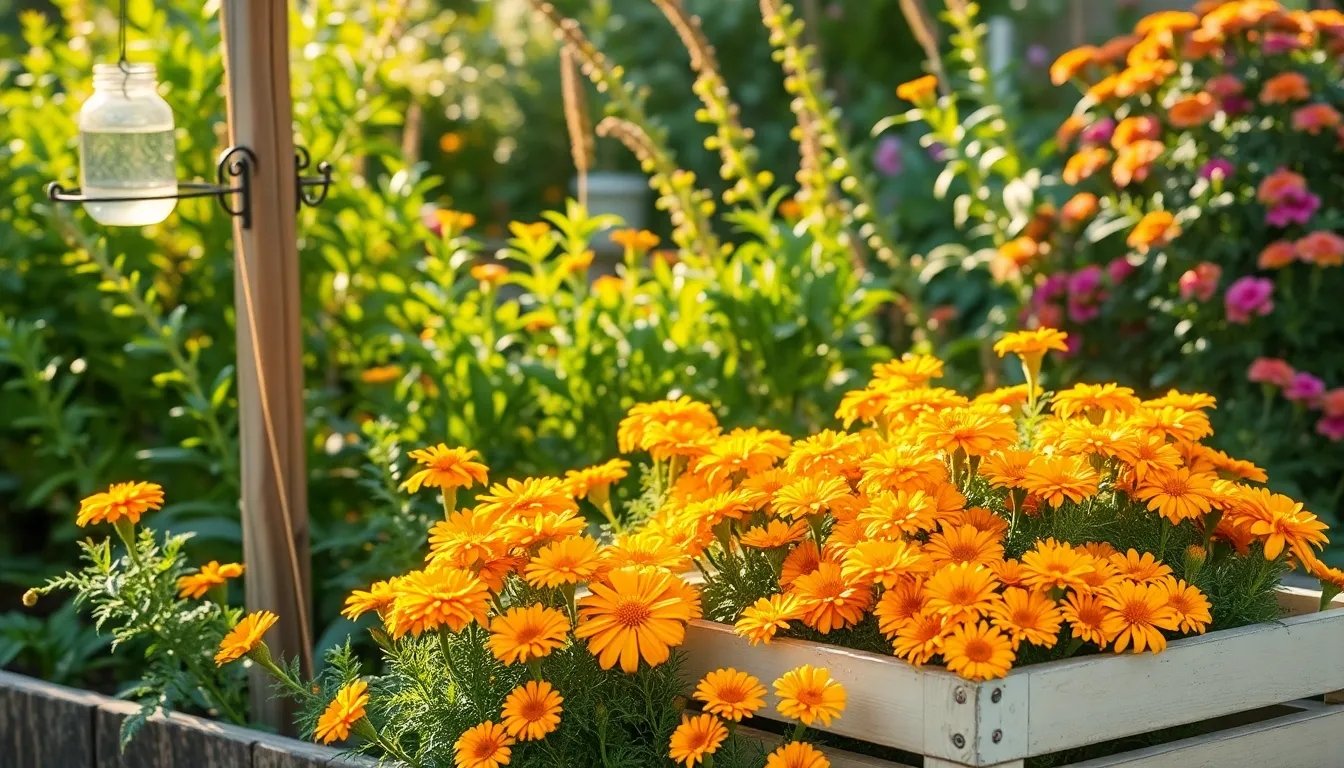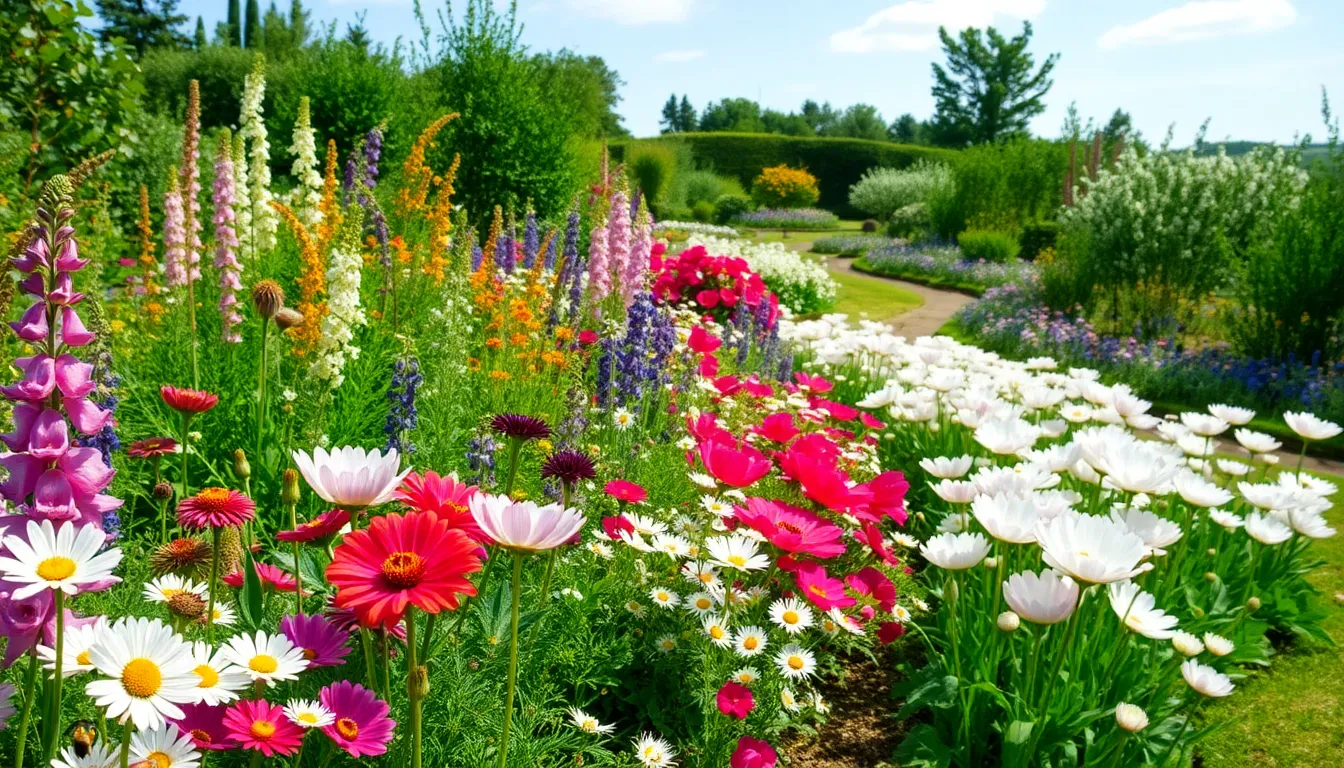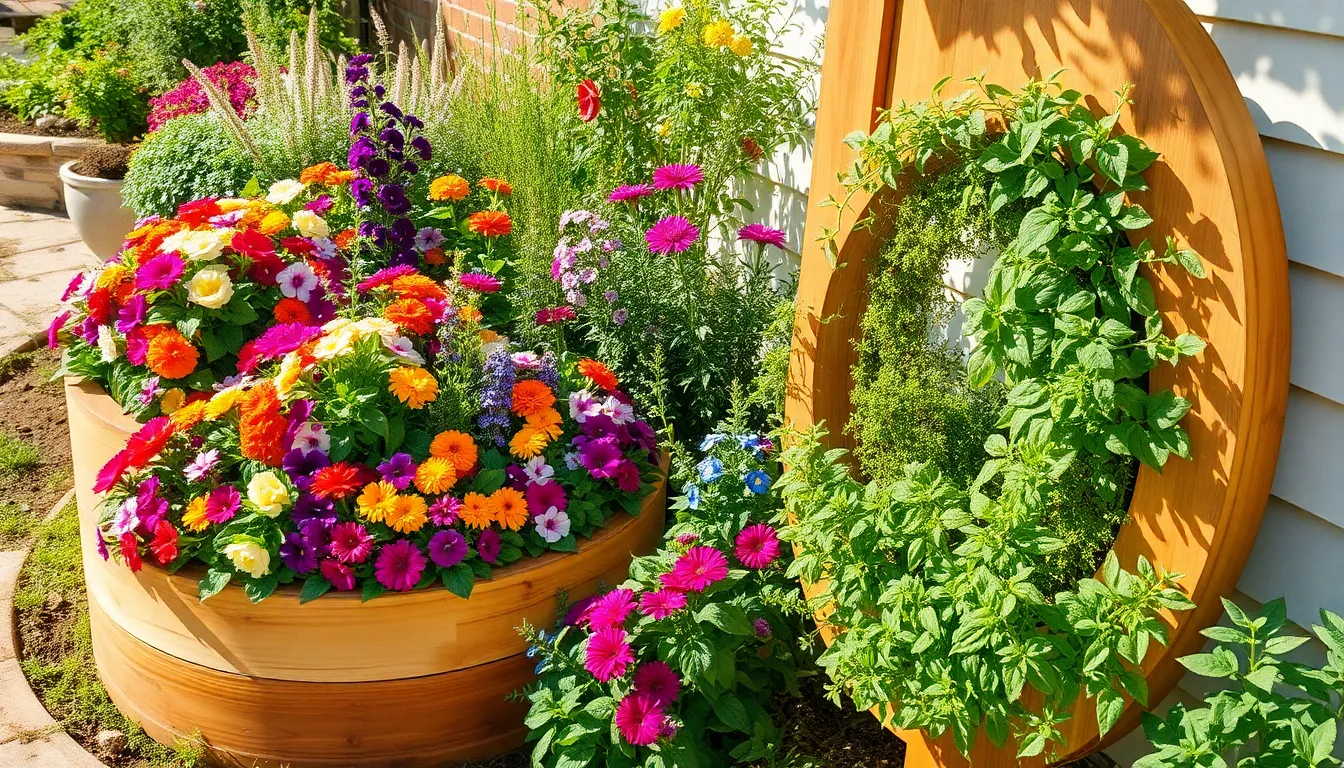Imagine a garden alive with color, where delicate butterflies flutter gracefully from bloom to bloom, bringing a touch of magic to your outdoor space. Creating such a haven for these whimsical creatures doesn’t have to break the bank or require years of horticultural expertise. Whether you’re just planting your first seed or have long nurtured your green thumb, a butterfly garden can be an accessible and rewarding project for everyone.
Butterflies do more than just add beauty; they play a crucial role in pollination, helping your garden thrive. This article will guide you through 14 budget-friendly essentials that will transform your backyard into a vibrant sanctuary. With practical tips and creative ideas, you’ll discover how to attract and sustain these enchanting visitors without stretching your budget.
From choosing the right plants to creating welcoming habitats, each step will empower you to make informed choices tailored to your garden’s unique needs. You’ll learn which native plants are irresistible to butterflies, how to provide water sources, and why certain features can enhance their experience. Let’s embark on this delightful journey together, where every flower and flutter is a testament to the beauty of nature and your own gardening prowess.
Choosing Budget-Friendly Nectar Plants
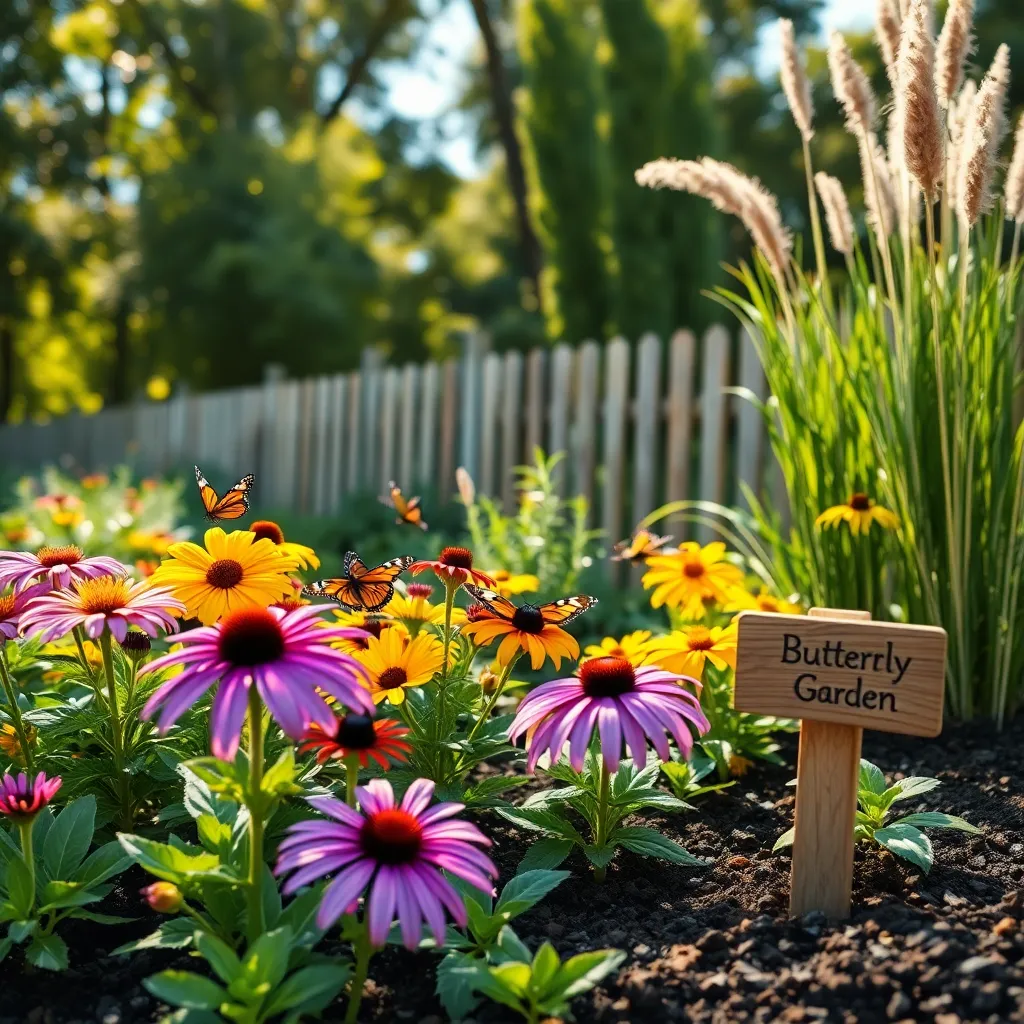
Creating a butterfly-friendly garden that doesn’t break the bank is entirely possible by choosing the right nectar plants. Opt for perennials like coneflowers and black-eyed Susans, which not only attract butterflies but also return year after year, cutting down on replanting costs.
Both of these plants thrive in well-drained soil and require full sun to flourish. To ensure vibrant blooms, consider watering deeply once a week during dry spells and applying a layer of mulch to conserve moisture.
For those looking to attract a wide variety of butterflies, consider adding lantana and zinnias to your garden. These hardy plants are not only affordable but also resist pests and diseases, making them a low-maintenance choice for any gardener.
Beginner gardeners will find zinnias particularly rewarding as they bloom prolifically with minimal care. For more experienced gardeners, experimenting with different lantana cultivars can offer a range of colors and sizes, enhancing your garden’s appeal.
Affordable Host Plants for Caterpillars
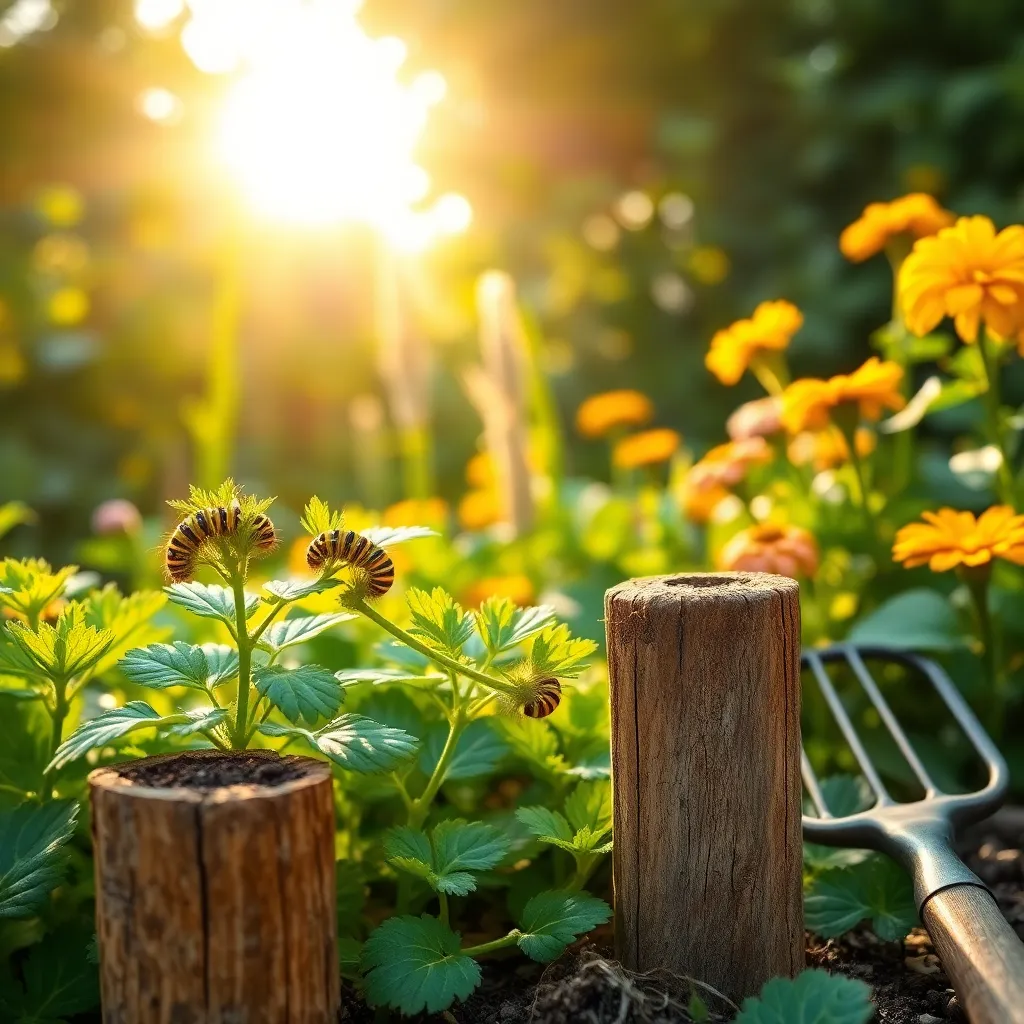
Creating a thriving butterfly garden on a budget is entirely possible by selecting affordable host plants for caterpillars. Host plants are essential as they provide the necessary food for caterpillars to grow into butterflies, ensuring your garden sustains its butterfly population.
One cost-effective option is the common milkweed (Asclepias syriaca), which is a favored host plant for monarch caterpillars. This hardy perennial thrives in well-drained soil and full sun, making it a low-maintenance choice for both novice and seasoned gardeners.
Additionally, consider planting dill or parsley, which are inexpensive and readily available at most garden centers. These herbs serve as host plants for swallowtail butterflies and can be easily grown in pots or directly in the soil, requiring only moderate watering.
For those looking to add variety, try incorporating clover into your garden, which supports various butterfly species’ caterpillars. Clover is not only budget-friendly but also beneficial for your garden’s soil, as it helps with nitrogen fixation and requires minimal care.
Creating a Butterfly Watering Station
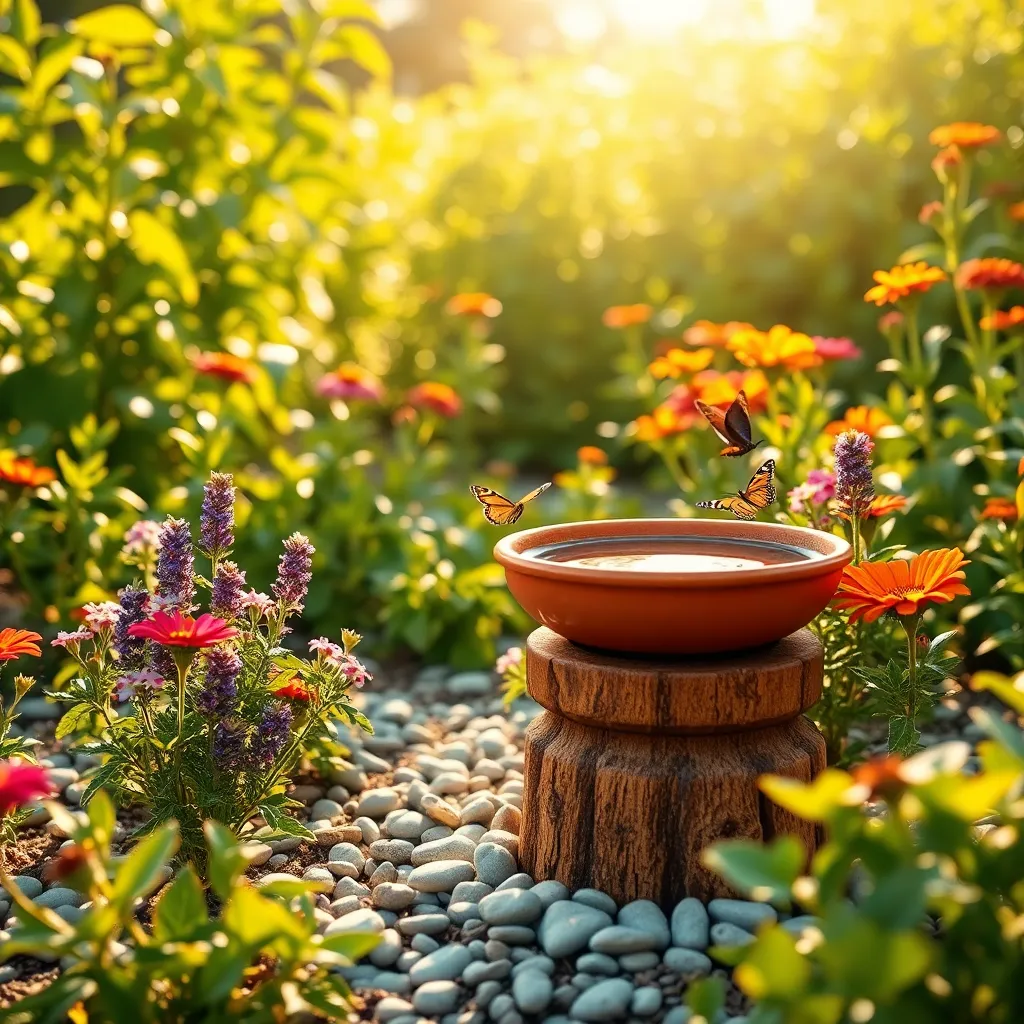
Creating a butterfly watering station is an inviting way to attract these delightful pollinators to your garden. To start, choose a shallow dish or a birdbath that is no more than two inches deep, as butterflies prefer shallow water sources.
Next, fill the dish with sand or gravel and add enough water to just barely cover the base. This setup will allow butterflies to rest on the sand while sipping moisture, an essential activity for their hydration and nutrient absorption.
Position the watering station in a sunny area near your butterfly-attracting plants. Sunlight is crucial as butterflies are cold-blooded and need warmth to become active, so a sunny spot will make the watering station more appealing to them.
For an advanced touch, you can add a pinch of salt or a few drops of fruit juice to the water. These additions mimic the natural minerals and sugars butterflies find in their habitats, providing extra nutrition and attracting more visitors to your garden.
Selecting Cost-Effective Garden Tools
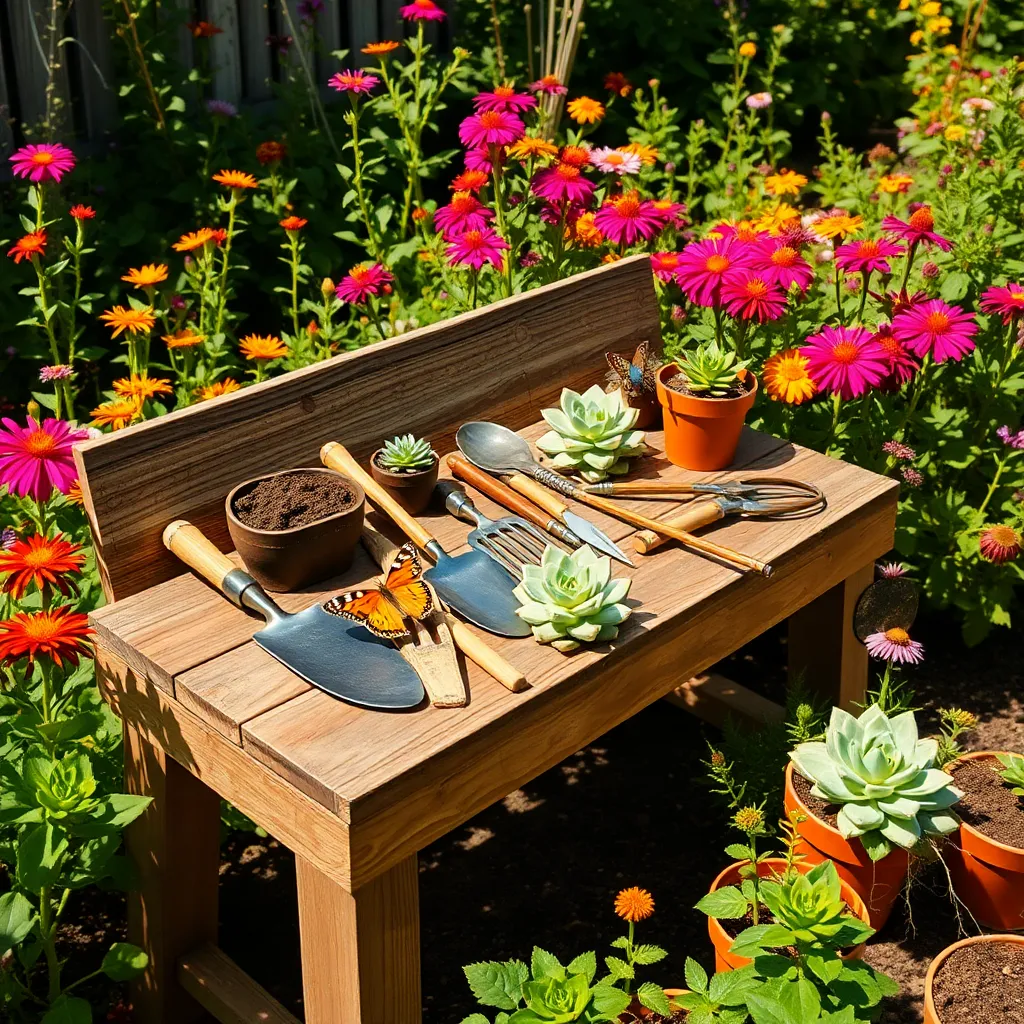
Investing in the right garden tools doesn’t have to break the bank. Look for multi-purpose tools like a combination hoe and rake, which can save both space and money.
Consider purchasing tools with ergonomic designs to prevent strain during use. This is particularly important if you plan to spend long hours tending to your butterfly garden.
For beginners, a basic set of high-quality tools such as a trowel, pruners, and a sturdy pair of gloves is essential. These items are versatile and can handle most of the tasks needed to maintain your garden.
Don’t overlook the value of second-hand tools, which can be a cost-effective option. Check local online marketplaces or community sales for gently used options that are still in good condition.
DIY Butterfly Feeders and Houses
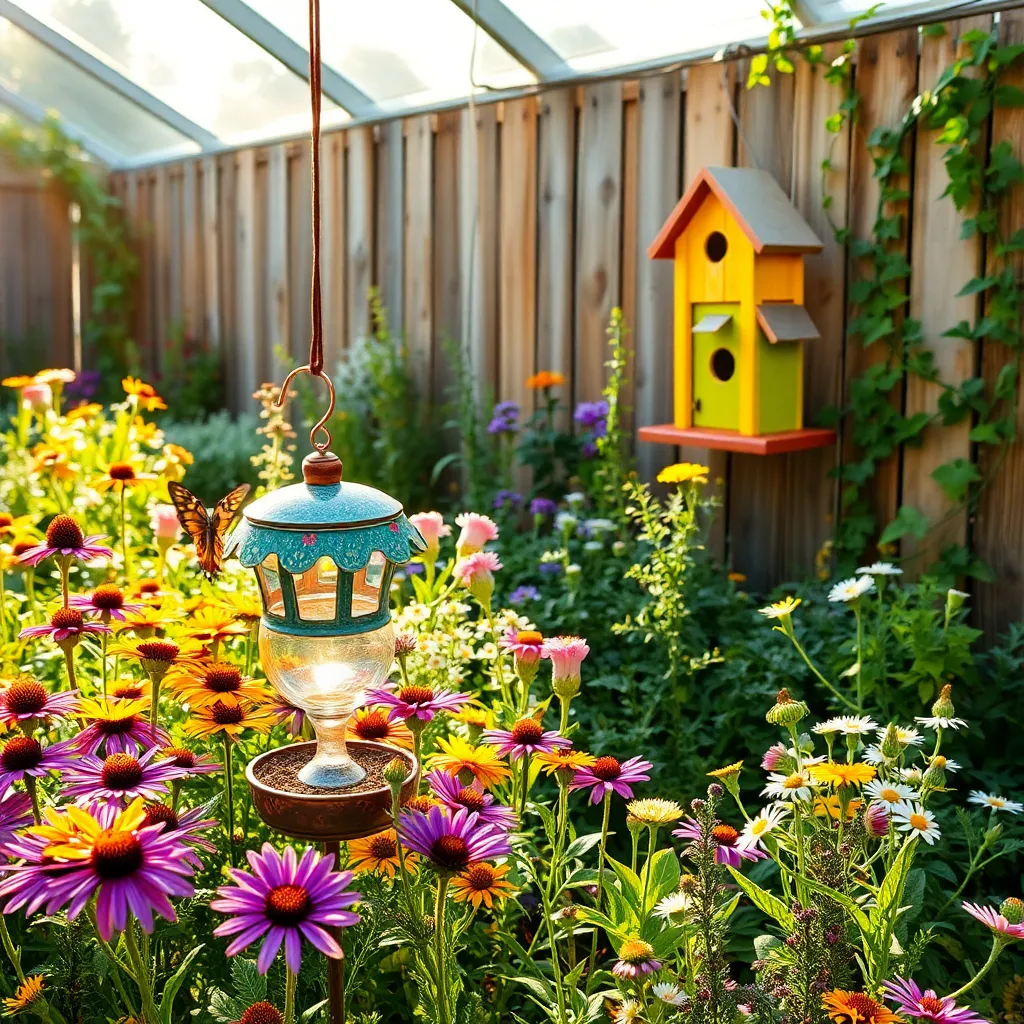
Creating a DIY butterfly feeder is a simple way to attract these beautiful pollinators to your garden. Begin by using a shallow dish or plate, and fill it with a solution of one part sugar to four parts water, which mimics natural nectar.
For a more advanced option, consider creating a sponge feeder by attaching a brightly colored sponge to a wooden dowel. Soak the sponge in sugar water, and place it in a sunny spot in your garden to allow butterflies to easily find and feed on it.
Butterfly houses are another excellent way to provide shelter for your garden visitors. Use untreated wood to build a small box with narrow slits that will protect butterflies from predators and harsh weather.
Adding a bit of bark or wood shavings inside can make the house more inviting for butterflies. If you’re new to woodworking, there are many free plans available online to guide you through the construction process.
Inexpensive Mulching Options
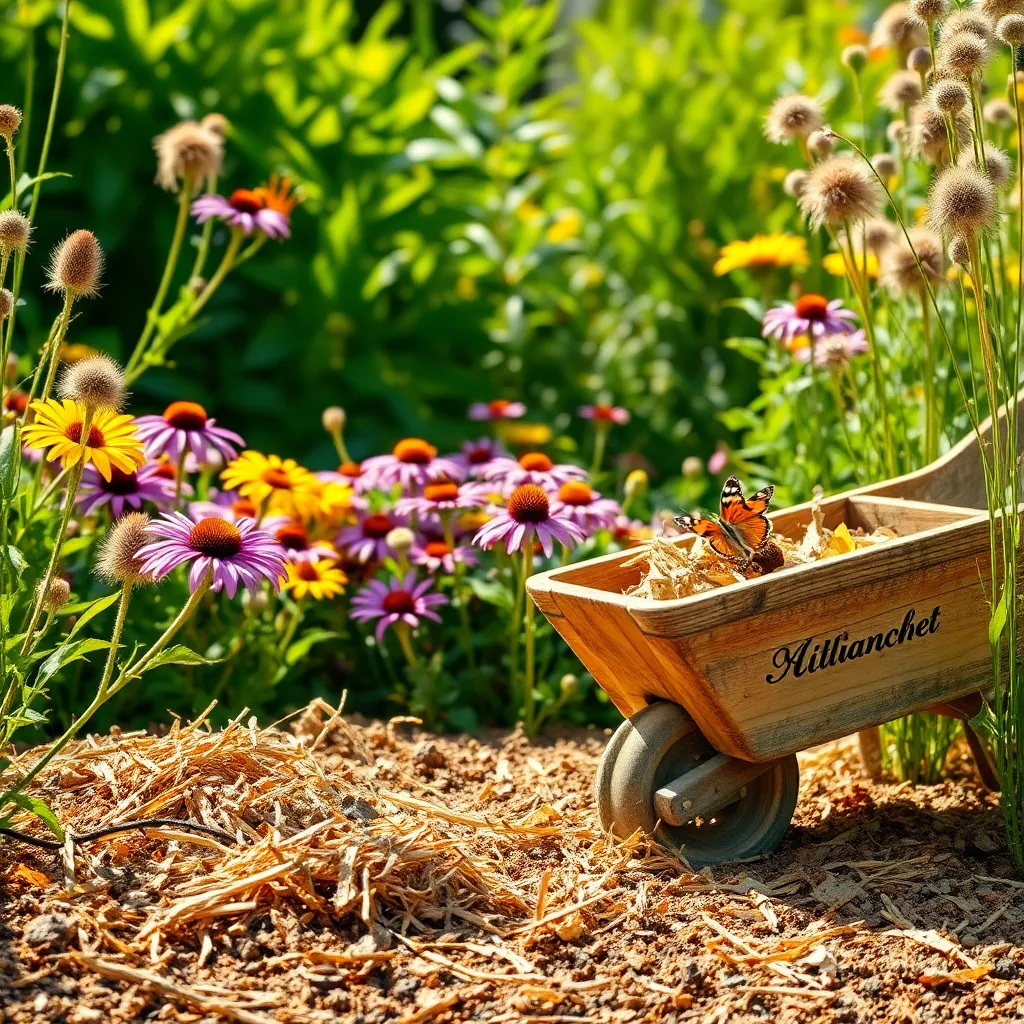
Mulching is a fantastic way to not only conserve moisture in your butterfly garden but also to suppress weeds. One inexpensive option is using grass clippings, which are readily available from your lawn and provide beneficial nutrients as they decompose.
Another budget-friendly mulching choice is shredded leaves, which you can easily gather in the fall. These leaves break down over time, enriching the soil with organic matter and creating a thriving habitat for butterflies.
For those looking to get creative, consider using newspaper as a mulch. By laying down a few layers of newspaper and covering it with a thin layer of soil or compost, you’ll prevent weeds while enhancing soil quality over time.
Finally, straw is a tried-and-true mulching material that is both affordable and effective. While it insulates the soil and retains moisture, straw also creates a visually appealing contrast against the vibrant colors of your butterfly-attracting plants.
Low-Cost Fertilizers for Vibrant Growth
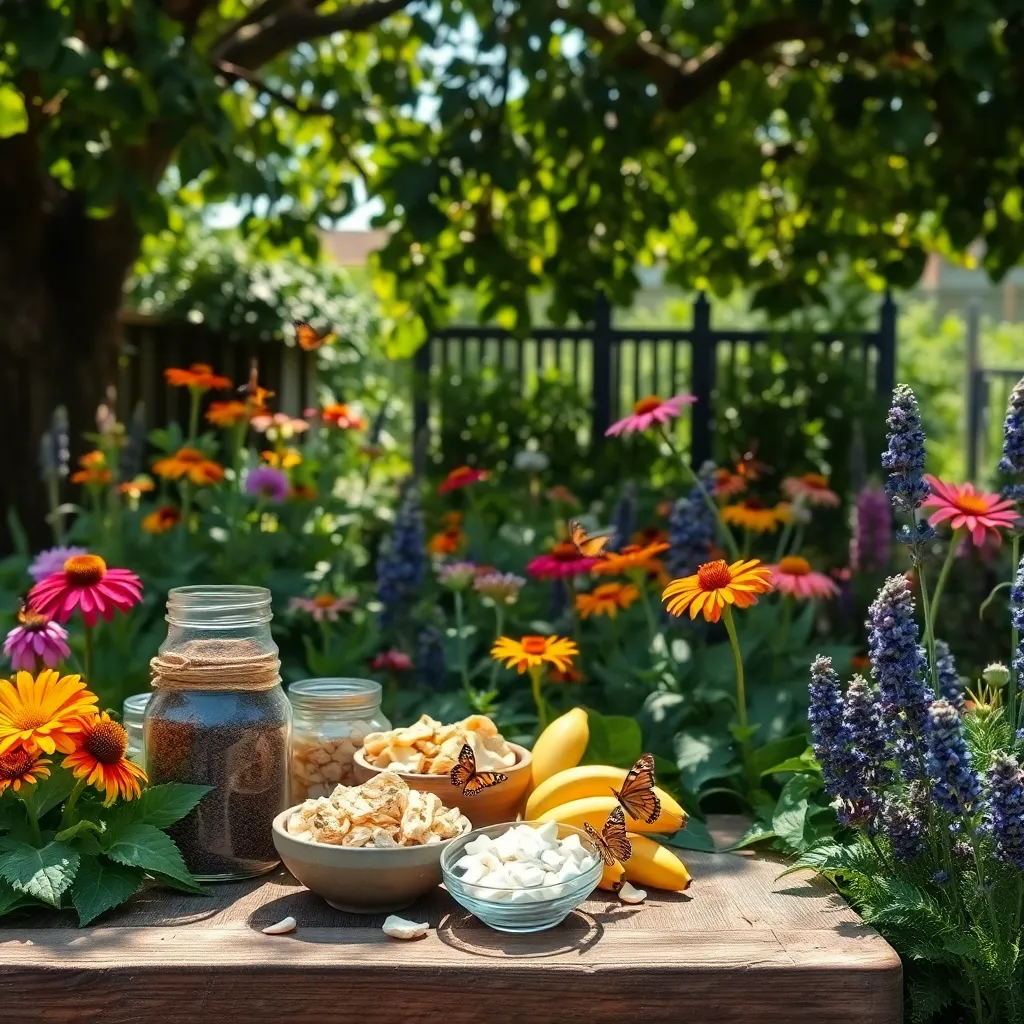
Gardening enthusiasts know that vibrant growth often starts with the right fertilizer, yet it’s possible to achieve this without breaking the bank. One budget-friendly option is compost, which you can create at home using kitchen scraps and yard waste, providing your butterfly garden with a rich, natural source of nutrients.
Banana peels are another excellent, low-cost fertilizer that offers a boost of potassium, essential for flowering plants. Simply chop up the peels and bury them near the roots of your plants, giving them a direct nutrient supply that enhances growth.
For those looking to go a step further, consider making a homemade liquid fertilizer using coffee grounds. By soaking used coffee grounds in water for a couple of days, you can create a nitrogen-rich brew that, when diluted, can be sprayed onto plant leaves or poured directly into the soil.
Incorporating crushed eggshells into your garden soil is a simple way to provide calcium, which strengthens plant cell walls and supports healthy growth. Just dry and crush the shells before mixing them into the soil, ensuring a gradual release of nutrients.
Repurposing Materials for Garden Edges
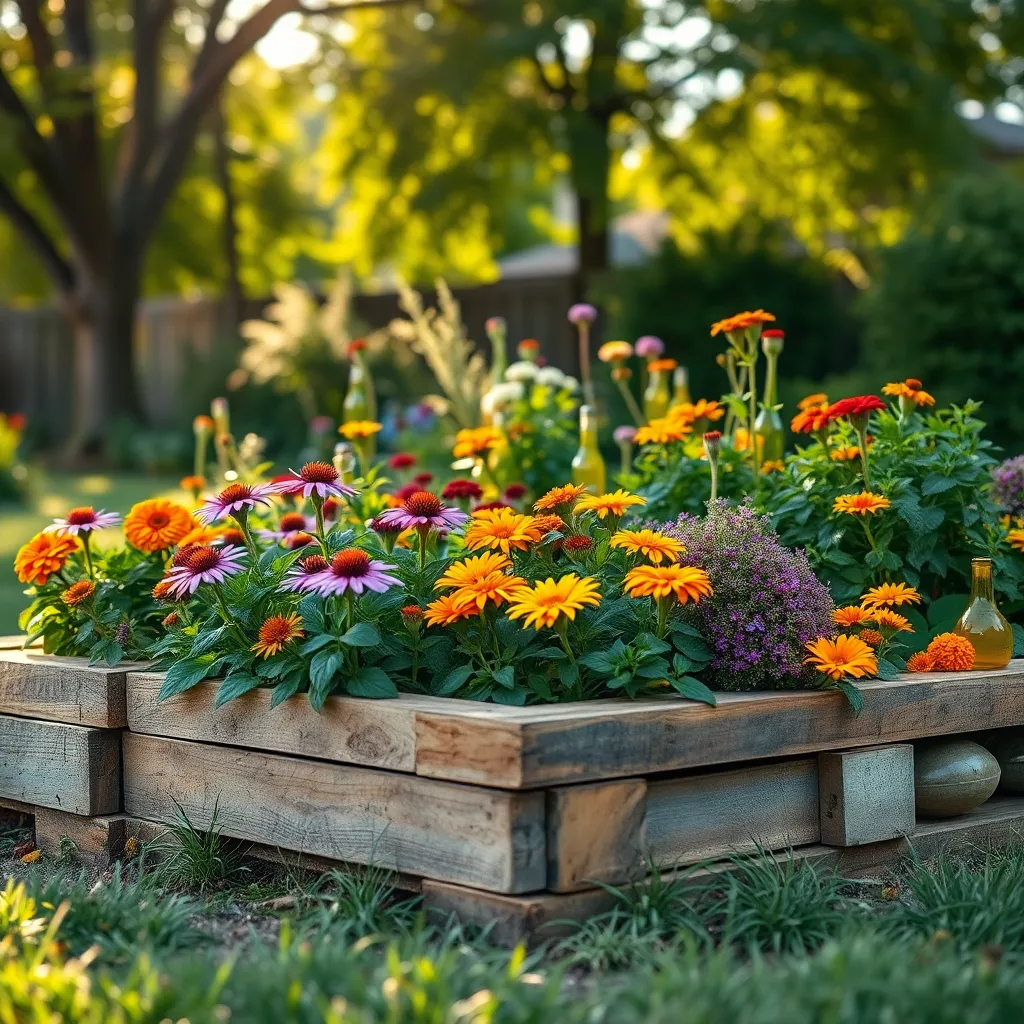
Repurposing materials for garden edges is a fantastic way to enhance your butterfly garden without breaking the bank. Using items like old bricks, stones, or even wine bottles can create charming boundaries that define your garden space while adding character.
Consider collecting stones from your yard or nearby areas to create a natural and cohesive look. Stagger the stones to form a low wall that not only outlines your garden but also helps with water retention, keeping the soil moist for your butterfly-friendly plants.
For a more whimsical touch, you can repurpose glass bottles by burying them neck down along your garden’s edge. This method allows sunlight to filter through the glass, adding a touch of color and sparkle, while also providing a sturdy barrier against soil erosion.
Wooden planks from old pallets or fencing can also serve as effective garden edges. Ensure the wood is untreated to avoid chemical leaching, and use them to create raised beds or simple borders, which can improve drainage and soil quality for your blossoming butterfly plants.
Planting Techniques on a Budget
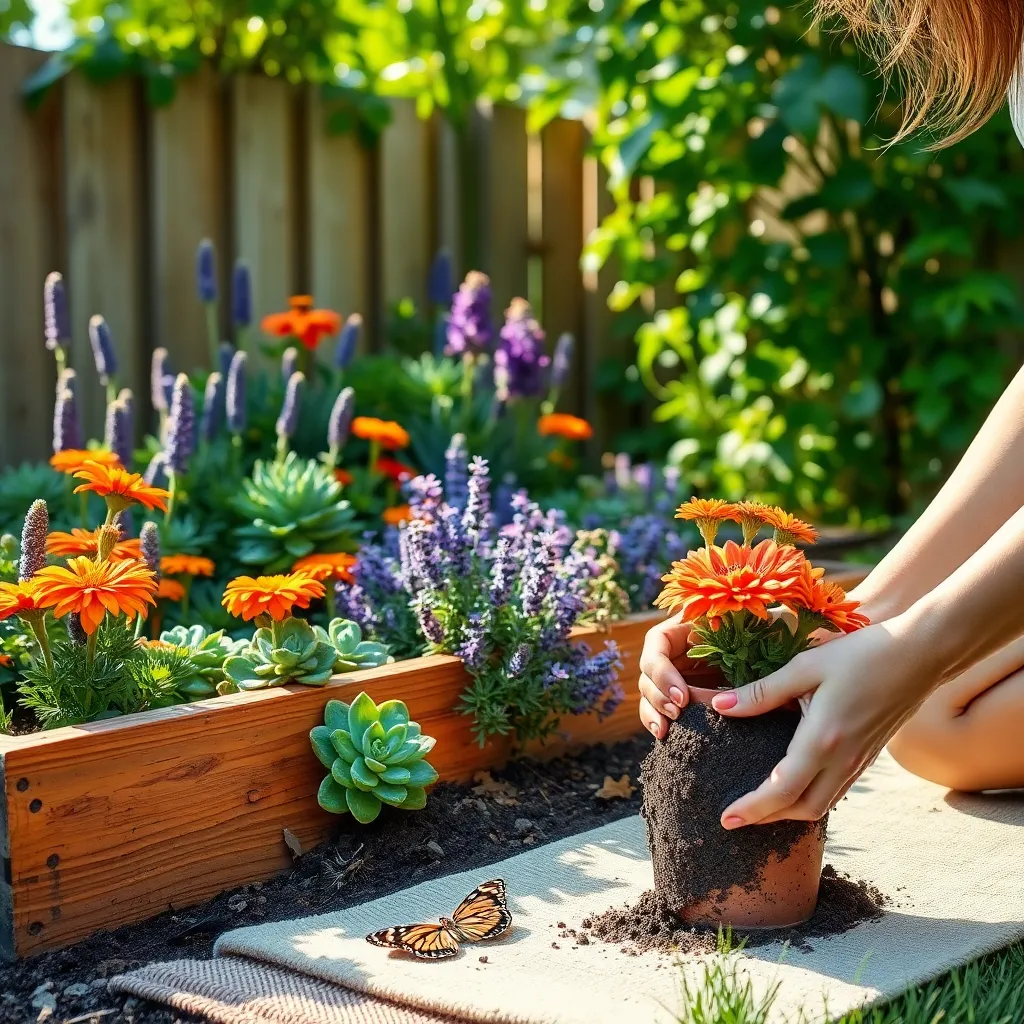
Creating a butterfly garden doesn’t have to break the bank, and with the right planting techniques, you can achieve a lush haven for pollinators. Start by selecting native plants, which are often more affordable and better adapted to local conditions, reducing the need for costly fertilizers and frequent watering.
To maximize your budget, consider starting plants from seeds rather than purchasing mature plants. Seeds are significantly cheaper, and with a little patience, you can grow a vibrant butterfly garden from scratch. Prepare seed trays with a mixture of peat moss and sand to ensure good drainage and avoid waterlogging the delicate seedlings.
Once seedlings are ready to transplant, opt for a method known as companion planting to enhance growth and deter pests naturally. Pair plants with complementary neighbors; for example, planting dill near fennel can attract butterflies while also keeping pests at bay. This strategy not only promotes biodiversity but also eliminates the need for chemical pesticides.
Watering efficiency is key to maintaining a budget-friendly garden. Install a simple drip irrigation system using recycled materials such as old hoses, which can reduce water waste and ensure plants receive moisture directly at their roots. Water early in the morning to minimize evaporation and allow leaves to dry, preventing potential fungal issues.
Seasonal Maintenance Tips and Tricks
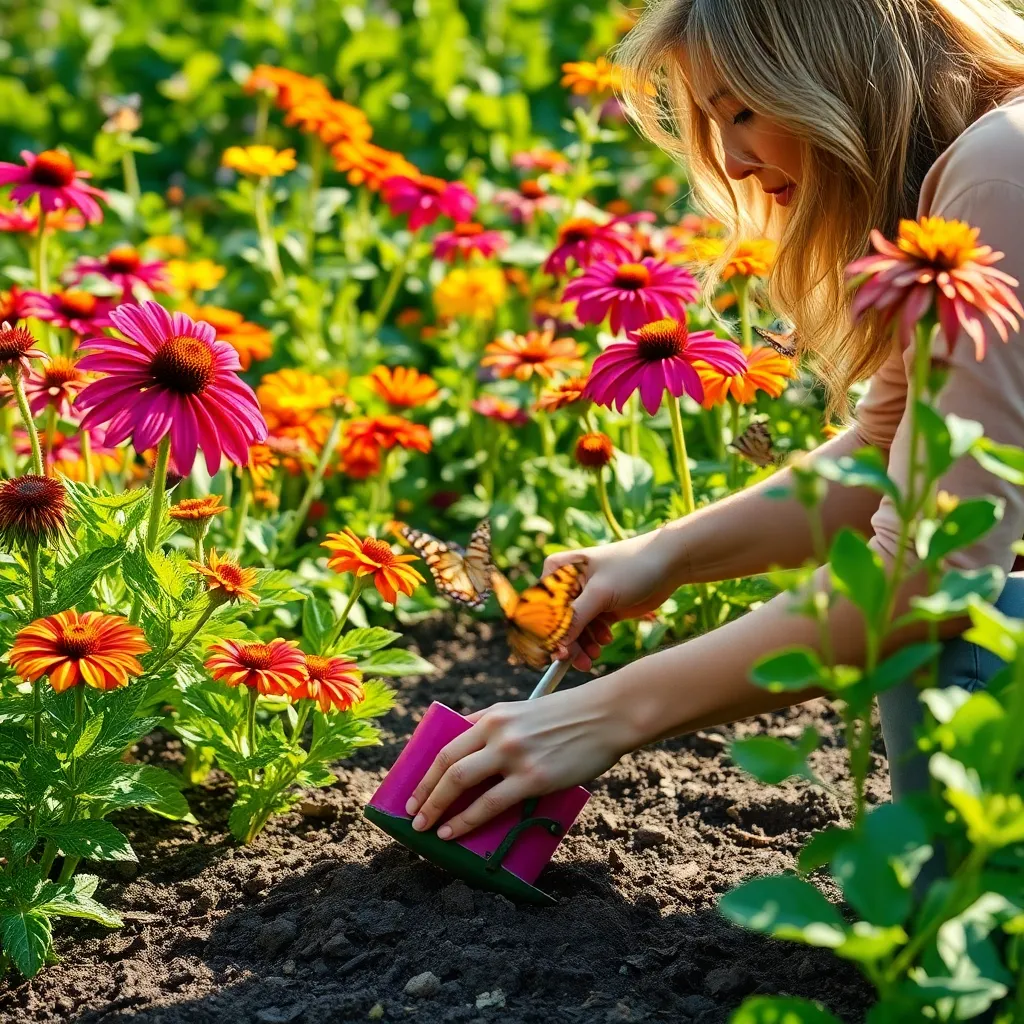
Regular maintenance of your butterfly garden ensures its vibrancy and appeal throughout the seasons. In spring, focus on removing any dead leaves and debris to prevent disease and allow new growth to flourish.
As summer approaches, it’s crucial to monitor moisture levels, especially if you’re using a budget-friendly drip irrigation system. Water your garden in the early morning or late afternoon to minimize evaporation and ensure your plants receive the moisture they need.
During fall, a layer of mulch can help retain soil moisture and suppress weeds, enhancing the overall health of your garden. Opt for natural materials like shredded leaves or pine bark, which provide a cost-effective and beneficial mulch layer.
Winter requires a different approach, focusing on protecting your plants from harsh weather conditions. Cover sensitive plants with burlap or frost cloth to shield them from cold winds and frost, ensuring they survive until spring.
For more advanced gardeners, consider implementing a seasonal pruning schedule to maintain plant health and encourage blooming. Prune perennials and shrubs after flowering, and always use clean, sharp tools to avoid damaging the plants.
Beginner gardeners can benefit from keeping a garden journal to track seasonal changes and maintenance tasks. This practice not only helps in planning but also ensures you learn from each season’s successes and challenges.
Sustainable Pest Control Solutions
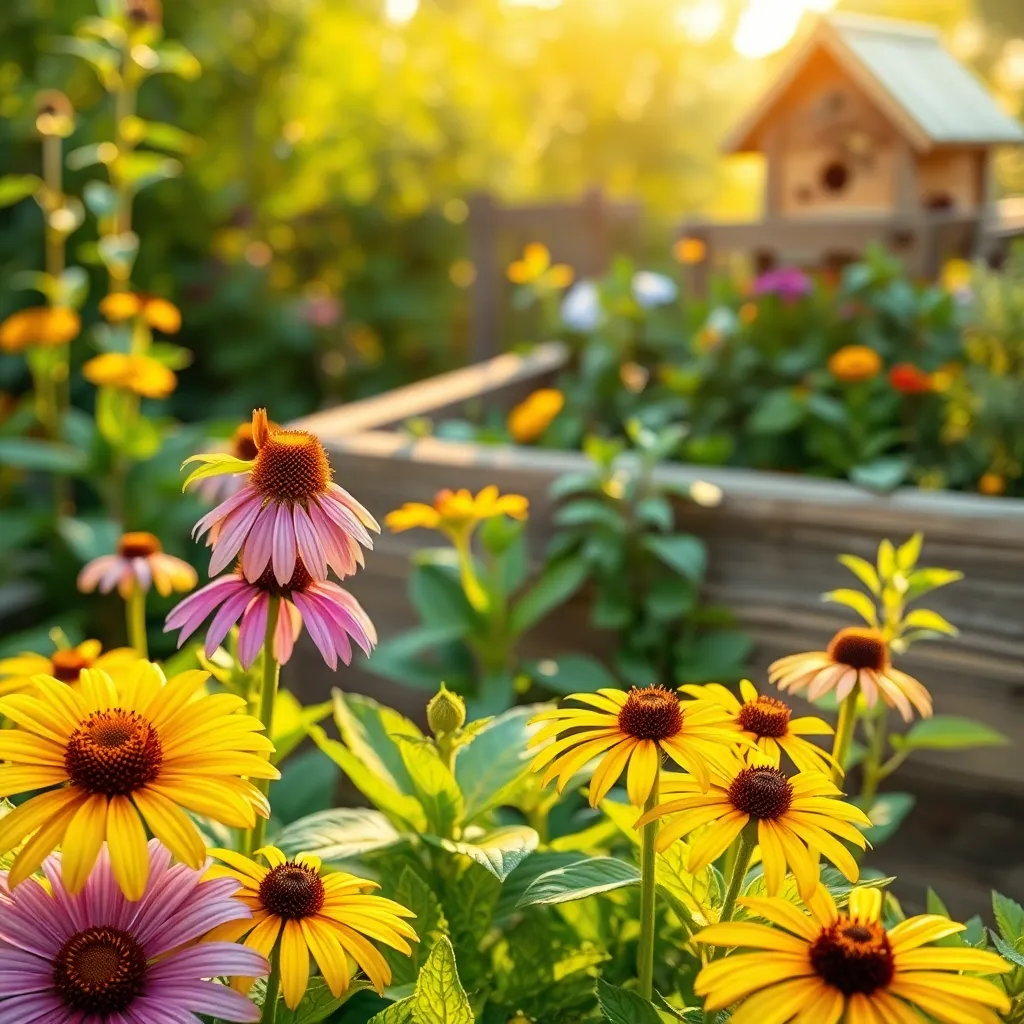
Embracing sustainable pest control methods not only protects your butterfly garden but also fosters a healthy ecosystem. Start by introducing beneficial insects like ladybugs and lacewings, which naturally prey on common garden pests.
Another effective approach is to utilize companion planting, which involves strategically positioning plants that naturally repel pests. For instance, planting marigolds can deter nematodes, while dill can attract predatory insects that feed on aphids.
Regular monitoring of your garden is crucial for early detection of pest issues, enabling prompt intervention. Consider using a simple homemade spray made from water and mild soap to treat minor infestations without harming beneficial insects.
Advanced gardeners might explore the use of neem oil, a natural pesticide that effectively controls a wide range of pests without toxic residues. Always test any new treatment on a small section of plants first to ensure they tolerate it well.
Attracting Butterflies with Color
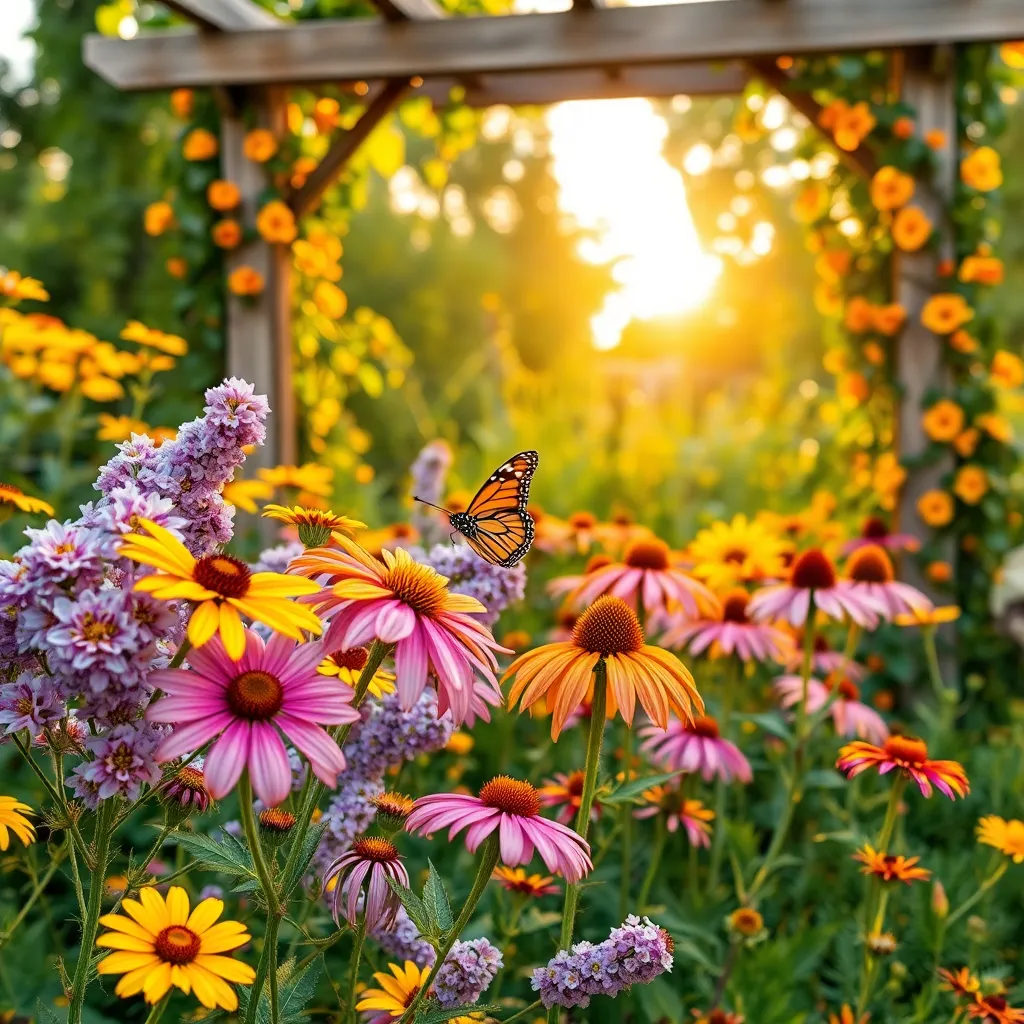
Creating a butterfly haven starts with selecting the right colors for your garden. Butterflies are particularly attracted to bright shades like reds, pinks, oranges, and purples, which can be achieved through a variety of flowering plants.
Consider planting zinnias and cosmos, which are not only vibrant but also easy to grow from seeds. These annuals thrive in well-draining soil and require full sun for at least six hours a day, making them perfect for sunny spots in your garden.
For a perennial option, coneflowers (Echinacea) provide long-lasting blooms and attract a variety of butterfly species. Make sure to plant them in a location with good air circulation to prevent fungal diseases and water them deeply but infrequently to encourage strong root growth.
Advanced gardeners might want to experiment with butterfly bushes (Buddleja), which are known for their fragrant flowers and ability to attract numerous butterflies. Prune these shrubs in early spring to promote healthy growth and ensure they receive at least an inch of water per week during the growing season.
Budget-Friendly Garden Decor Ideas
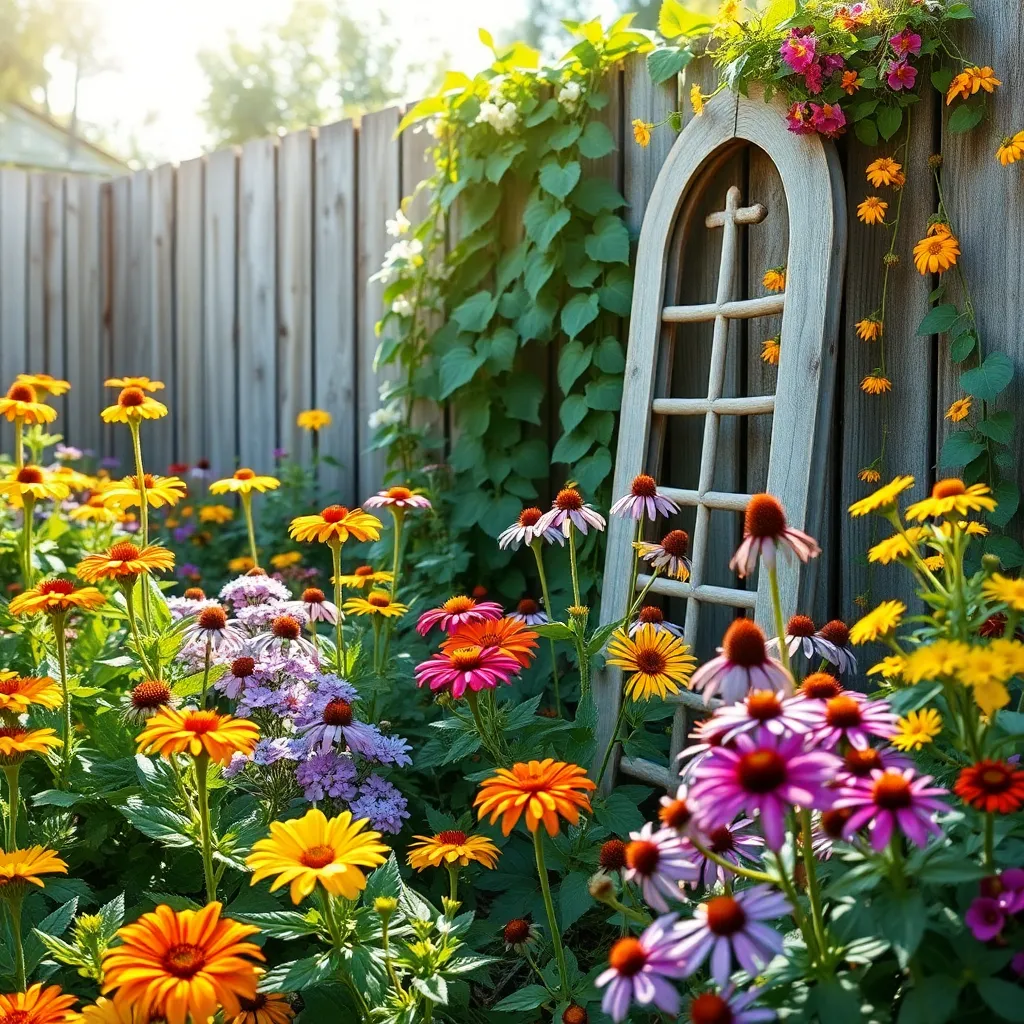
Adding decor to your butterfly garden doesn’t have to break the bank. Consider using upcycled materials to create unique, personalized garden art. For example, old glass bottles can be transformed into colorful borders or whimsical totems. Arrange them by color or size to add visual interest without spending a dime.
Incorporate natural elements that are readily available in your surroundings. Stones and driftwood can be artfully arranged to create pathways or focal points. Use larger stones to edge garden beds, which not only looks attractive but also helps to retain soil moisture. Experiment with different layouts to find a design that complements your garden’s aesthetic.
Painted rocks can add a splash of color and charm to your garden. Gather smooth stones and use weather-resistant paints to create vibrant butterflies or flowers. Place them strategically among your plants to draw the eye and add a touch of whimsy. This is an excellent project for both adults and children, making it a fun weekend activity for the family.
For a more advanced touch, consider creating a DIY water feature. Even a small basin with a solar-powered pump can become a delightful butterfly oasis. The gentle sound of water attracts butterflies and other beneficial insects, enhancing the biodiversity of your garden. Position your water feature in a sunny spot, as butterflies are drawn to sunlit areas for warmth.
Community Resources for Garden Supplies
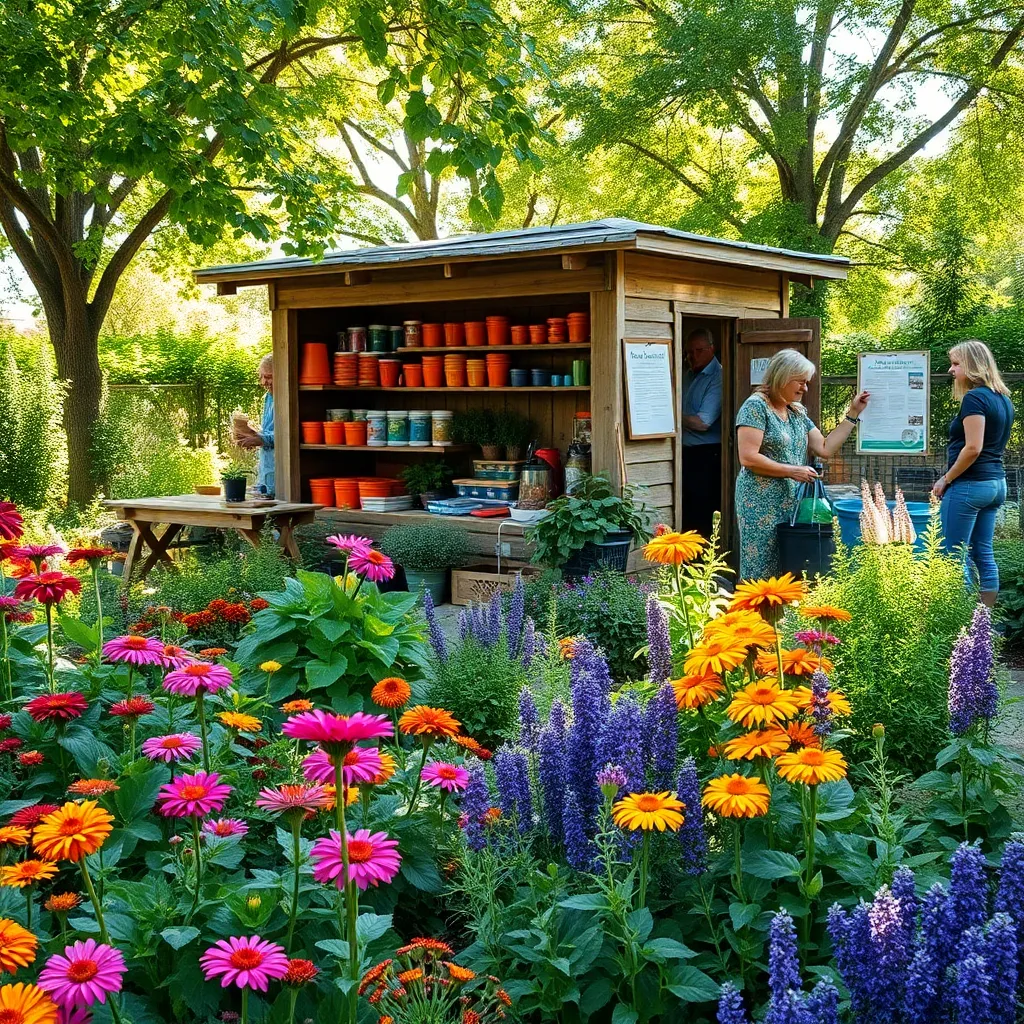
Community gardens are excellent places to find free or low-cost gardening resources and supplies. Many community gardens have programs where members can borrow or exchange tools, seeds, and even plants, fostering a shared sense of growth and sustainability.
Check with your local garden clubs for access to annual plant swaps, where you can trade butterfly-friendly plants with fellow gardeners. These events are also a fantastic opportunity to gather cuttings or seeds from seasoned gardeners who are eager to share their knowledge.
Local nurseries often host workshops that provide both free gardening advice and discounts on supplies. Attending these sessions can offer insights into selecting the right soil types and planting techniques that will help your butterfly garden thrive.
Consider joining online gardening forums or social media groups dedicated to butterfly gardening. These platforms can connect you with experienced gardeners who might offer surplus supplies or useful tips on maintaining optimal growing conditions for your plants.
Conclusion: Growing Success with These Plants
In cultivating your butterfly garden, you’ve discovered 14 budget-friendly essentials that mirror the nurturing aspects of a thriving relationship. You’ve learned the importance of choosing the right plants, akin to selecting positive influences in your life, and the necessity of water and sunlight, which symbolize the nurturing and support vital for any partnership. Just as butterflies need a safe habitat, relationships flourish in environments built on trust and communication. You’ve explored the significance of diversity, patience, and sustainability, paralleling the diverse experiences and enduring efforts that keep love alive.
Now, take the first step by setting a small relationship goal—perhaps a weekly check-in or a dedicated date night—to foster the connection you cherish. Save or bookmark this article as a resourceful guide, ensuring you can revisit these principles whenever you need a reminder of how to nurture both your garden and your relationship.
Remember, just as a garden blossoms with care, so too will your relationship prosper with intention and love. By embracing these essentials, you’re setting the stage for a partnership that is as vibrant and enduring as a garden filled with butterflies.

